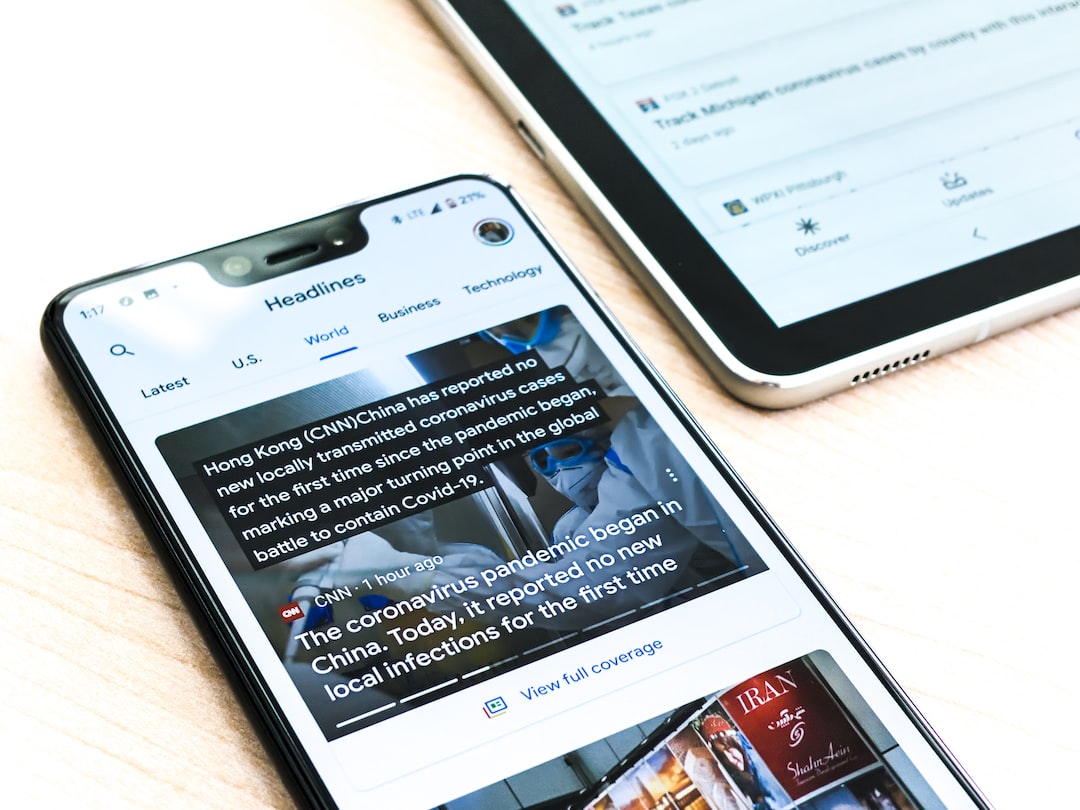Tackling Fake News: The Role of Media and Critical Thinking
In today’s era of technology and information overload, fake news has become a rampant problem. With the click of a button, anyone can share false information that spreads like wildfire, causing confusion, polarization, and even harm. The issue of fake news is not just a matter of misinformation; it undermines the very foundation of democratic societies and erodes trust in legitimate sources of information. In the battle against fake news, both the media and critical thinking play crucial roles.
Firstly, the media must take responsibility for its role in combating fake news. Journalists have a duty to provide accurate and verified information to the public. In a world where news spreads across various platforms within seconds, it is important for media organizations to prioritize fact-checking and verification before disseminating information. Newsrooms should invest in a robust editorial process that emphasizes accuracy and accountability, holding journalists to high ethical standards.
Furthermore, the media must be transparent about their sources and reporting methods. By citing reliable sources, journalists can build trust with the public and differentiate themselves from fake news purveyors. Additionally, media organizations should be open about their biases and strive for fairness and balance in their reporting. By doing so, they can debunk the notion that all news is biased and empower the public to make informed judgments.
However, tackling fake news is not solely the responsibility of the media; individuals must also develop critical thinking skills to discern fact from fiction. Critical thinking involves questioning, evaluating, and analyzing information before accepting it as true. In the age of fake news, individuals must become discerning consumers of information.
One way to enhance critical thinking is through education. Schools and educational institutions should emphasize media literacy programs that teach students how to evaluate sources, identify reliability, and distinguish between fact and opinion. These programs should also encourage students to ask critical questions and think critically about the information they encounter.
Moreover, individuals should be aware of their own biases and the echo chambers they may unconsciously create online. Being mindful of the algorithms that curate our online content and seeking alternative viewpoints can help break the cycle of confirmation bias. Engaging in civil discourse and challenging our own beliefs can also help to develop a more nuanced and informed perspective.
Additionally, technological solutions can aid in the fight against fake news. Artificial intelligence and algorithms can be developed to identify false information and flag it for fact-checking. Social media platforms have started implementing measures to combat fake news by promoting verified sources and labeling potentially false information. However, technological solutions alone are not enough; human judgment and critical thinking must always play a central role.
In conclusion, tackling fake news requires a multi-faceted approach. The media must prioritize accuracy and transparency, while individuals must develop critical thinking skills to navigate the vast digital landscape. By working together, we can mitigate the harm caused by fake news and restore trust in legitimate sources of information. In this battle, everyone has a role to play, and only through collective effort can we combat the harmful spread of misinformation and ensure the health and integrity of public discourse.

